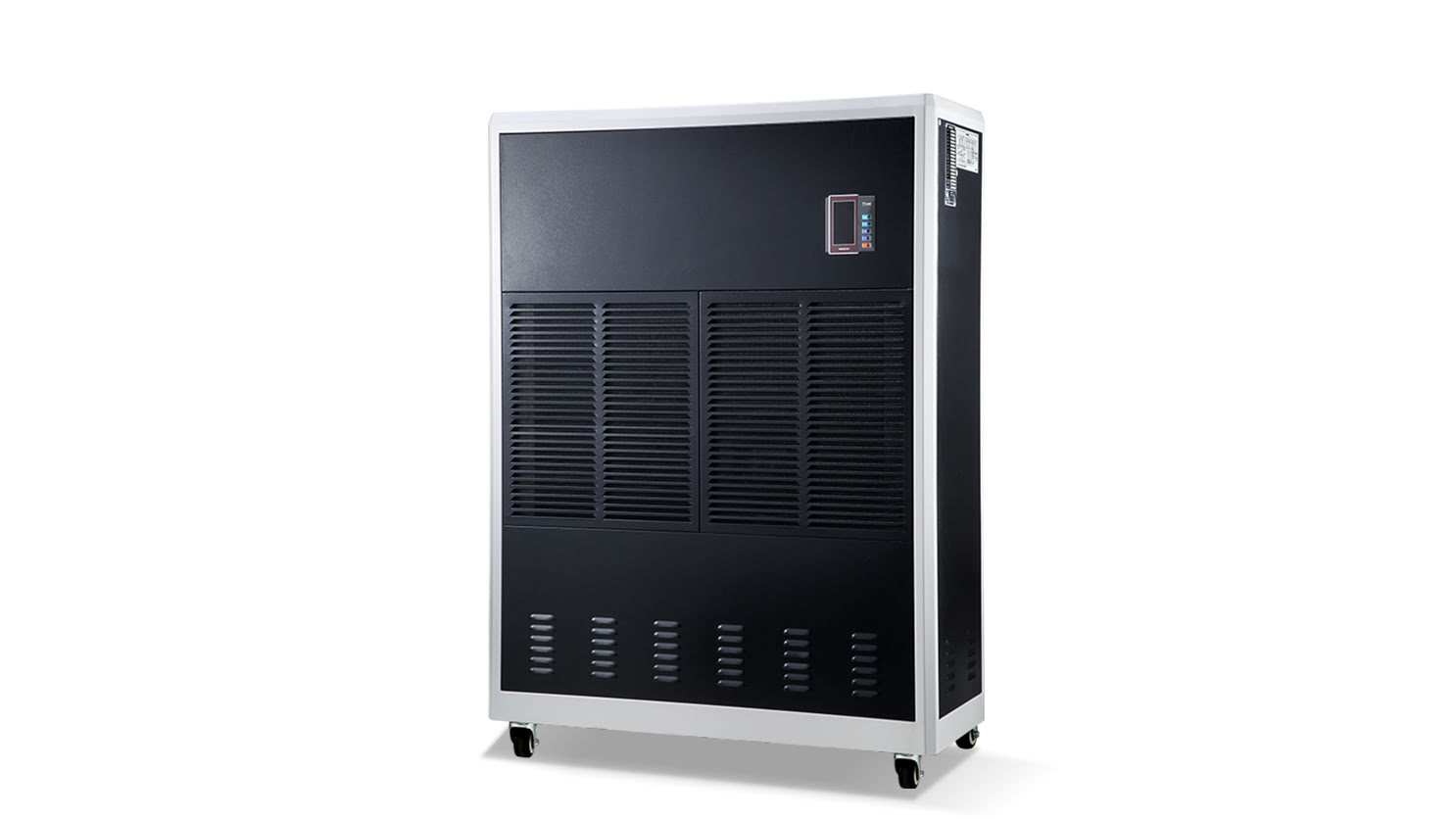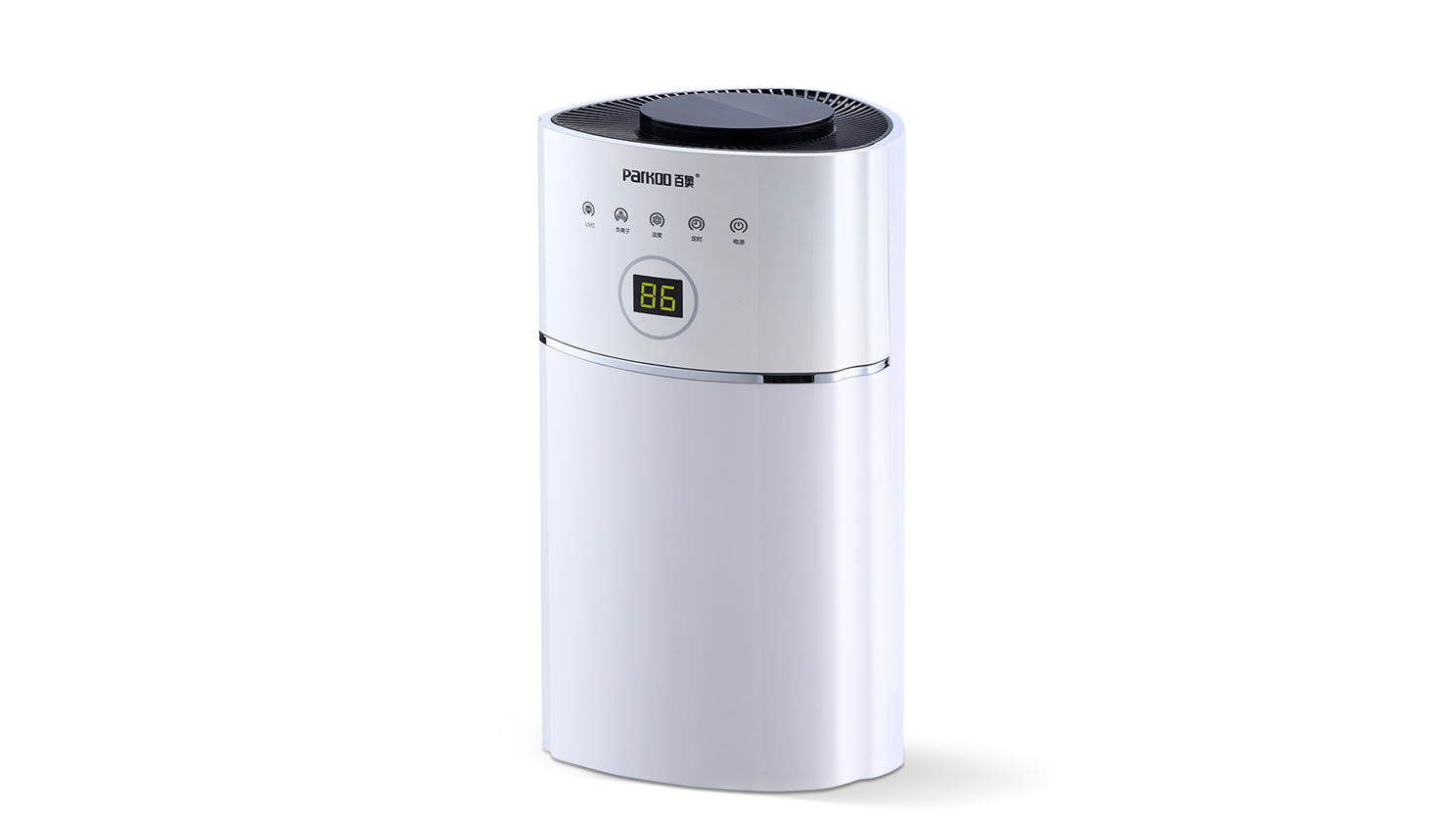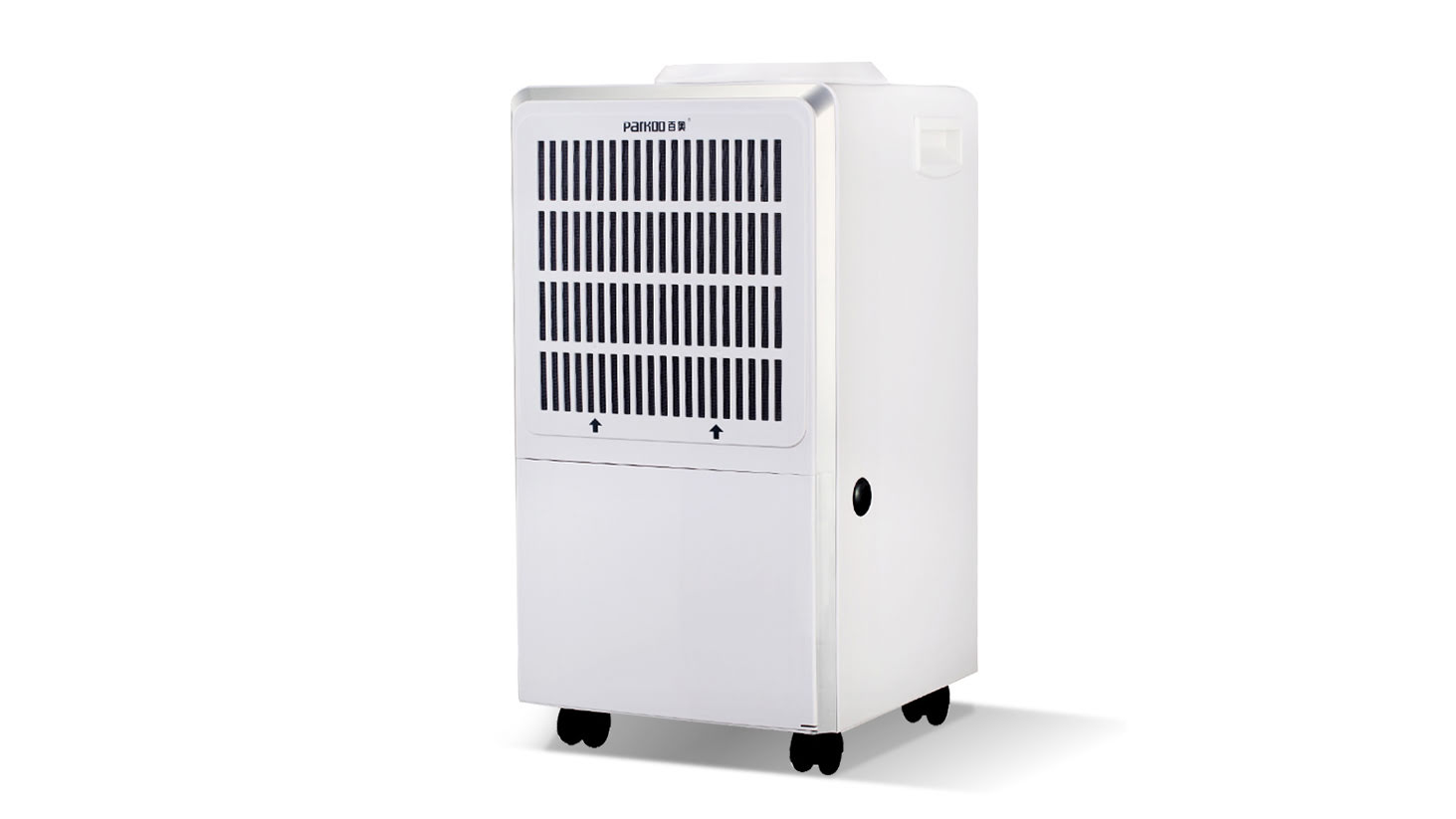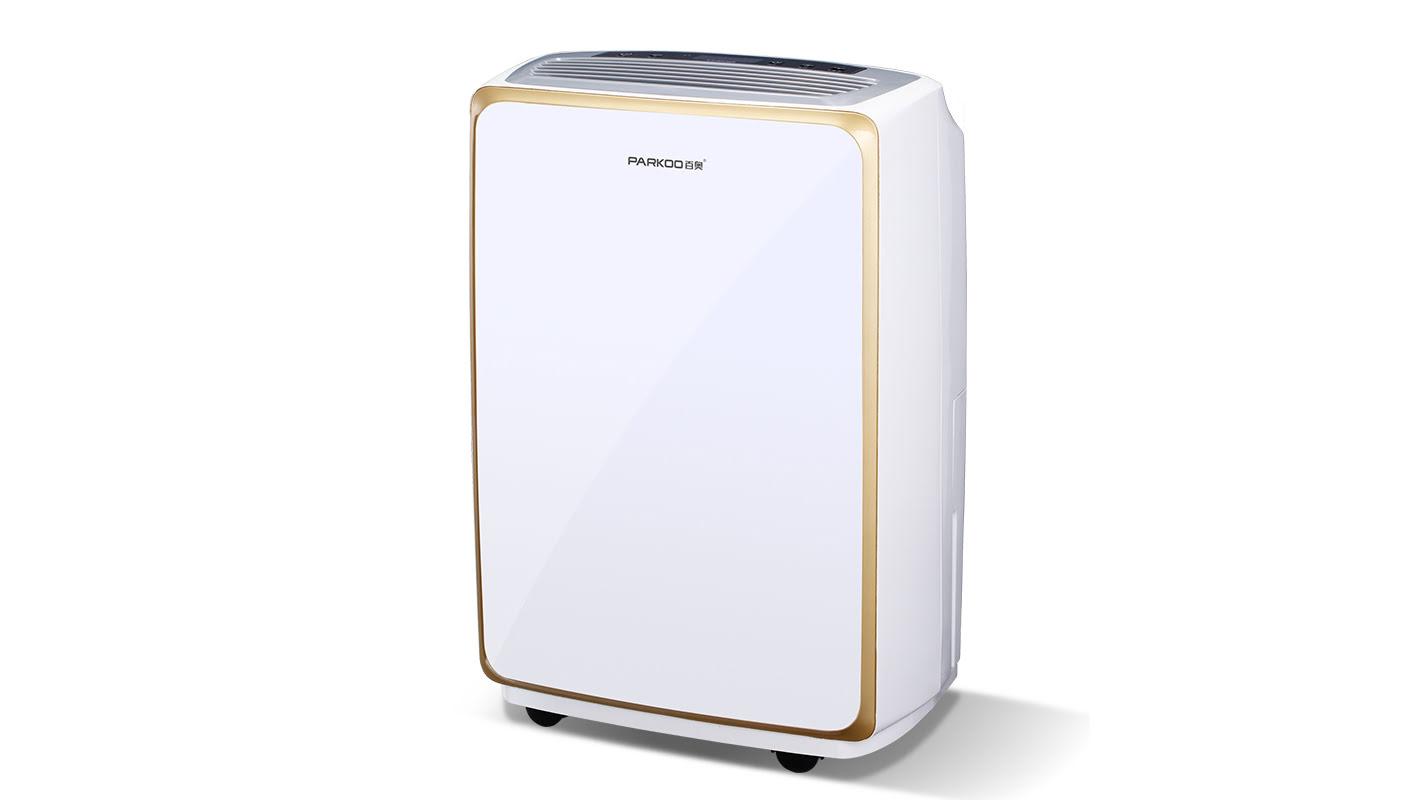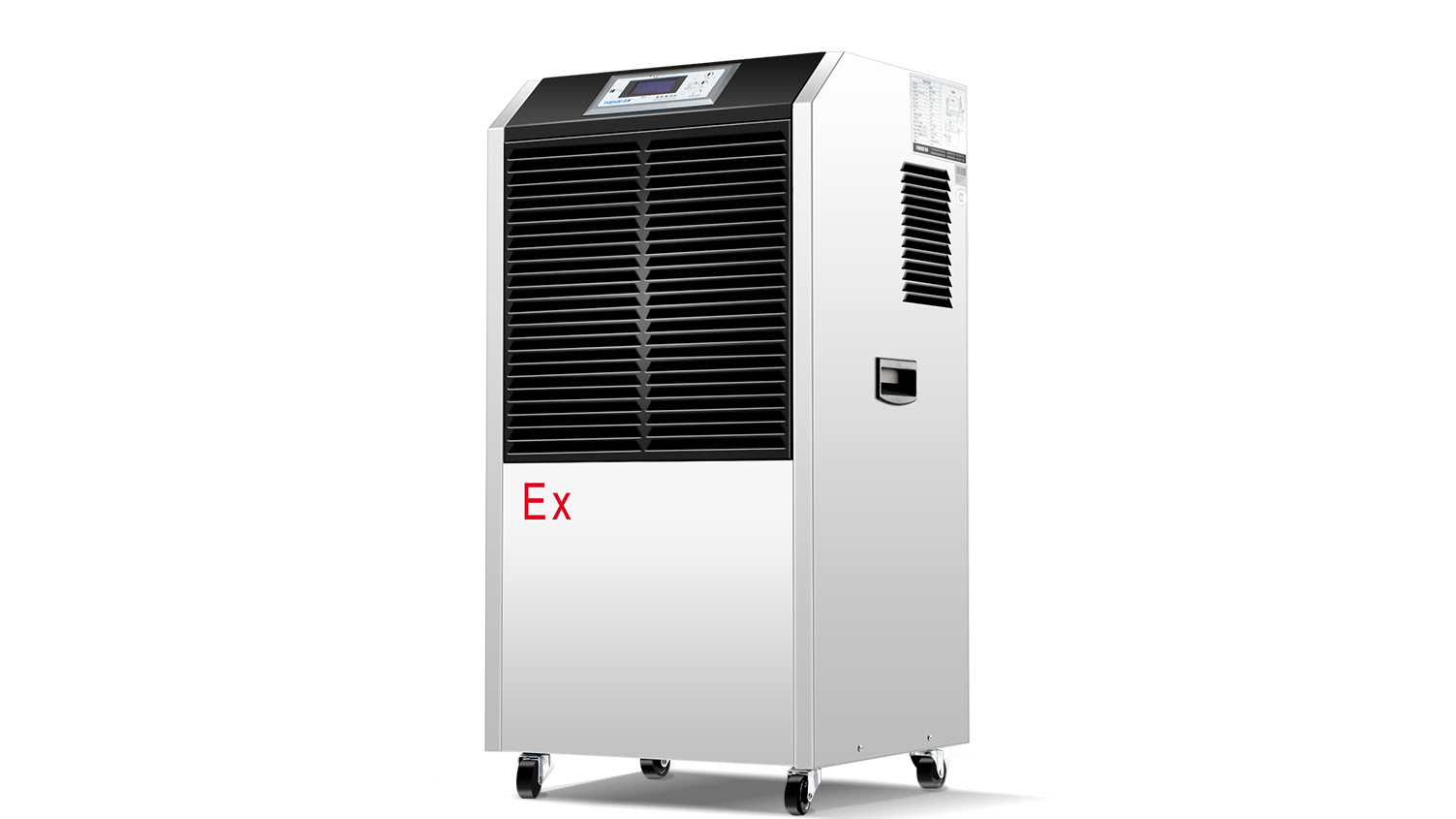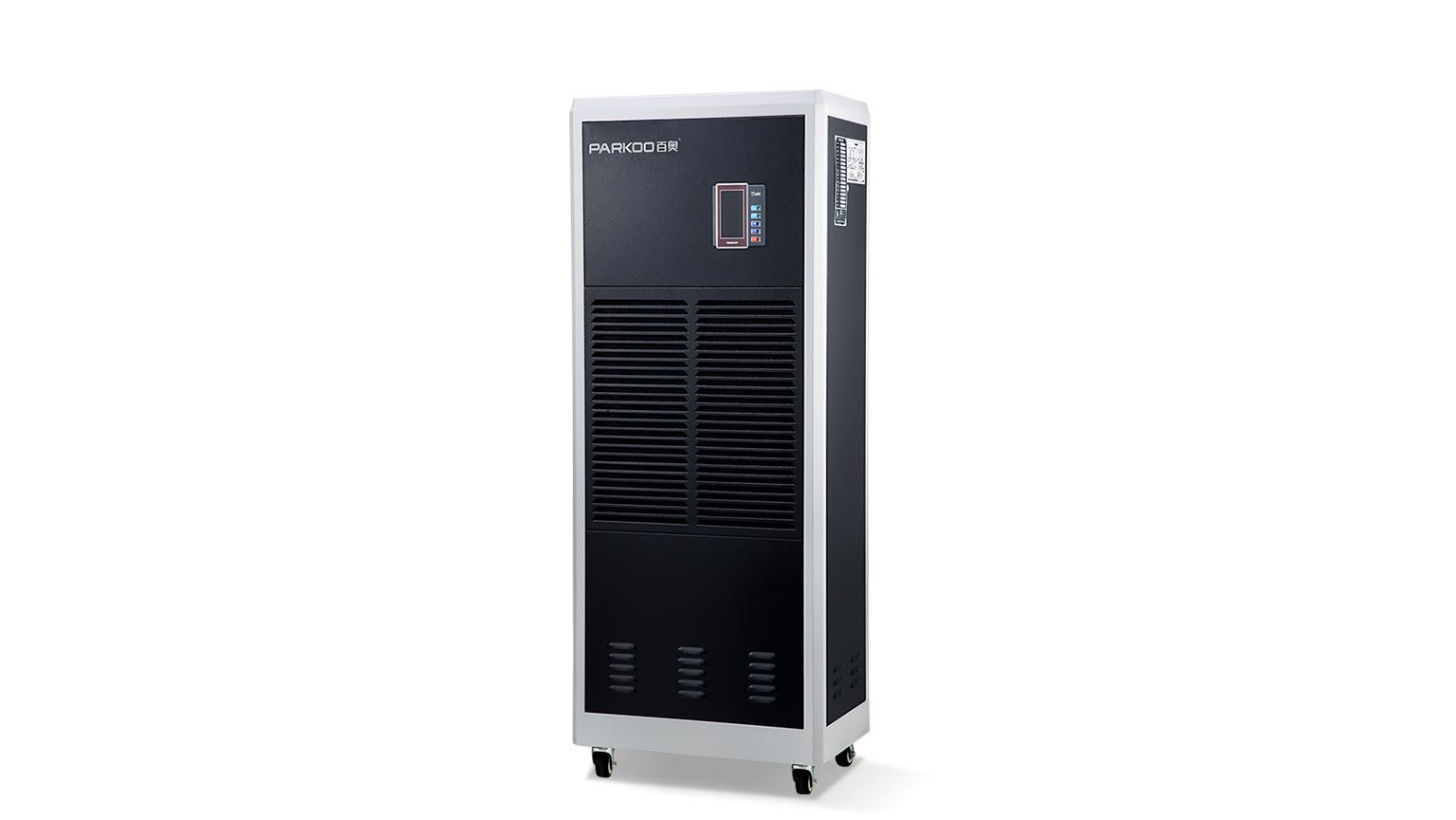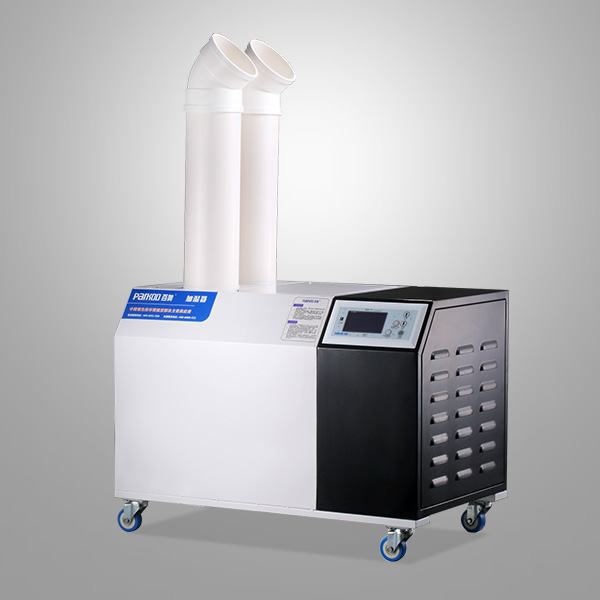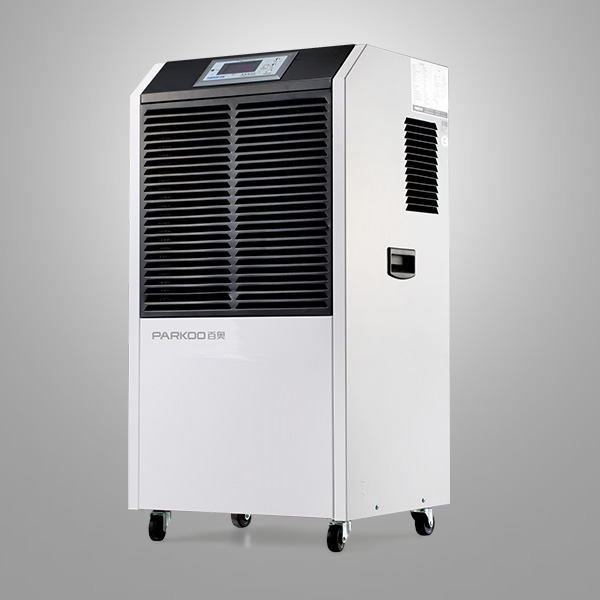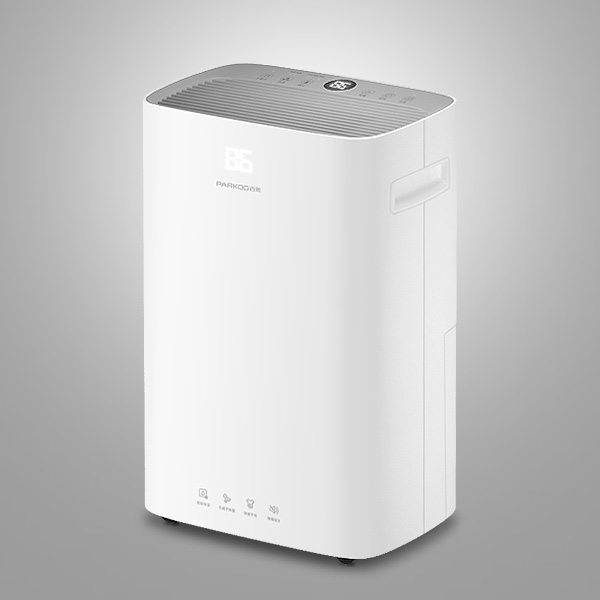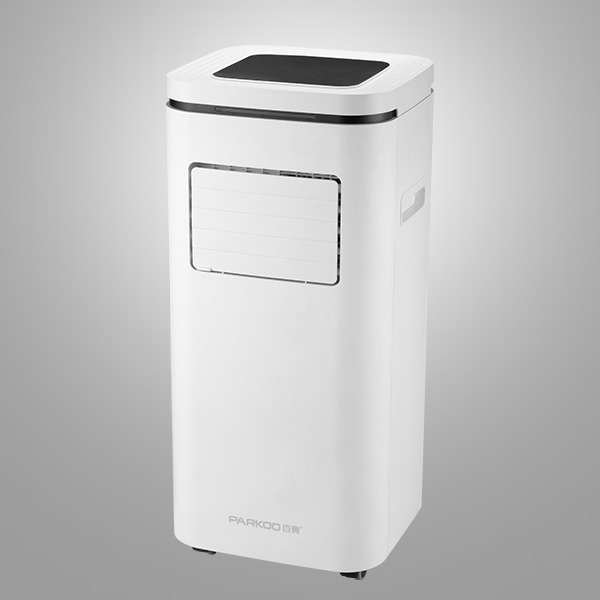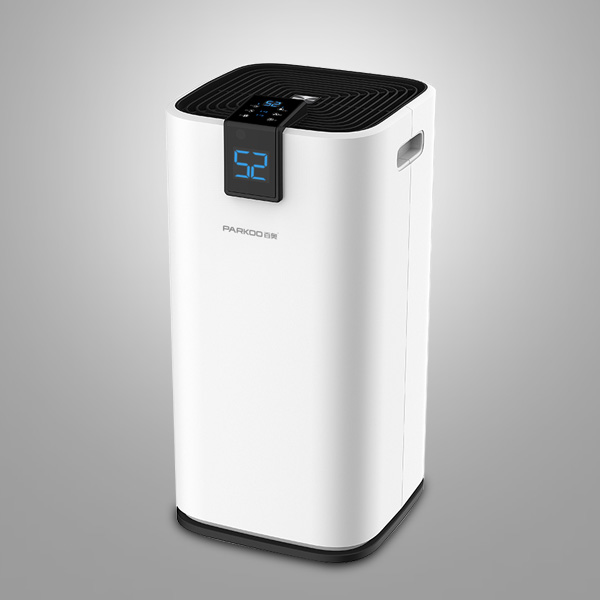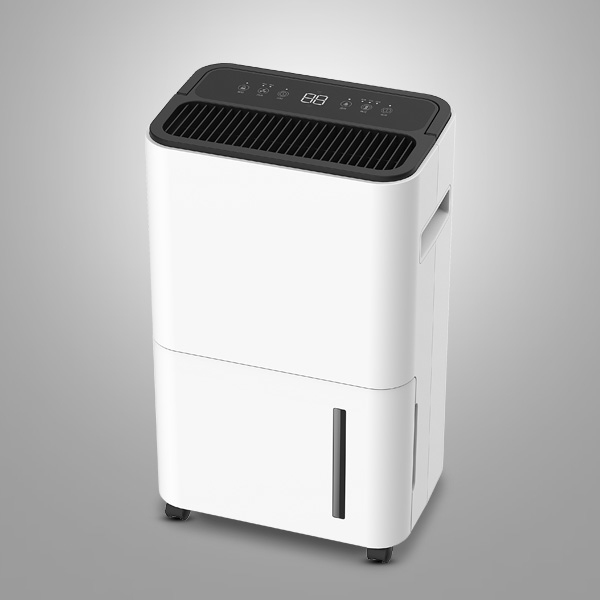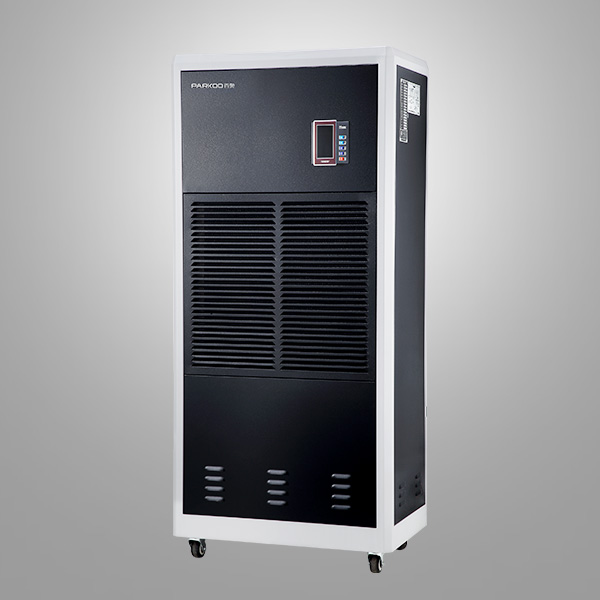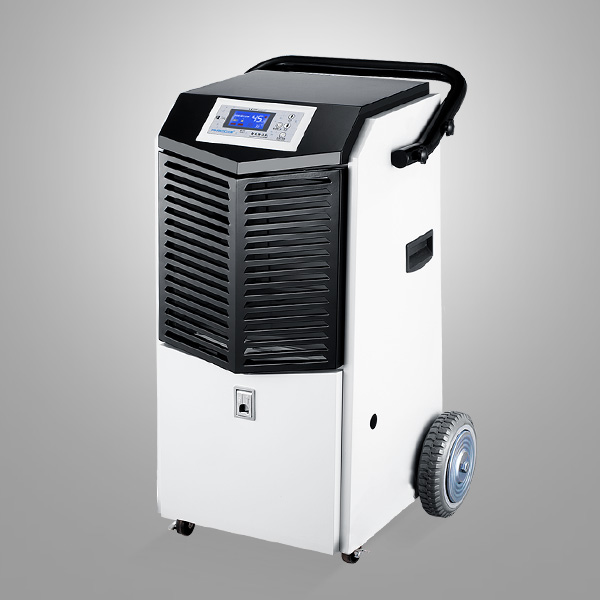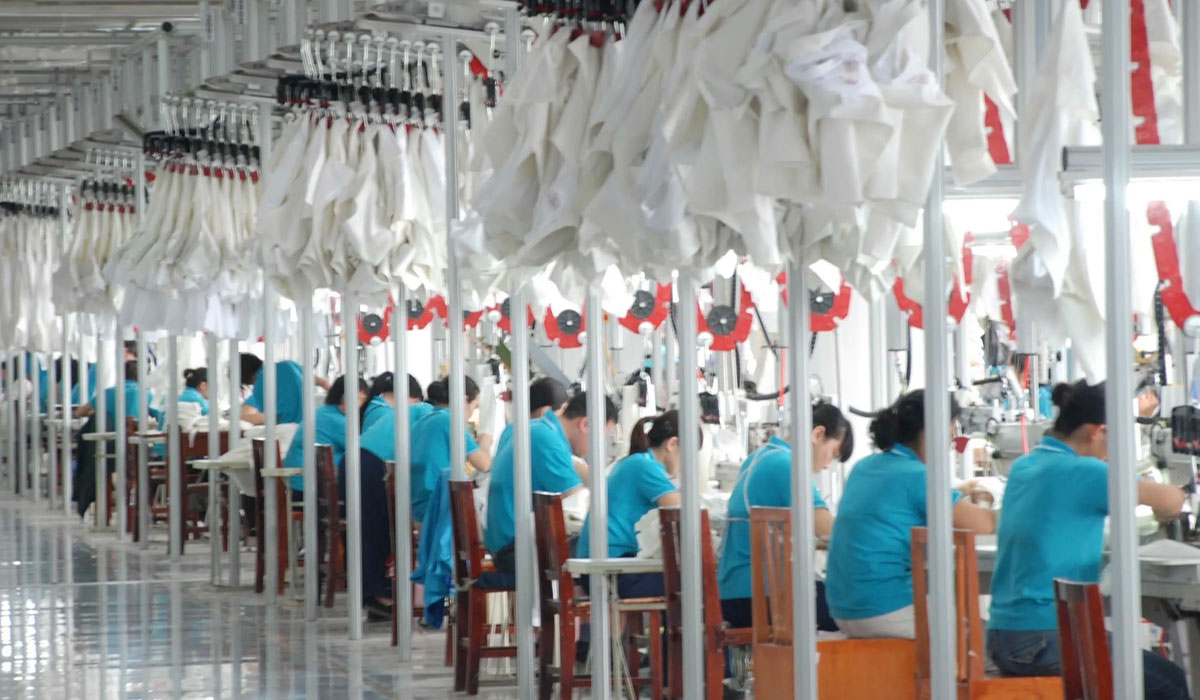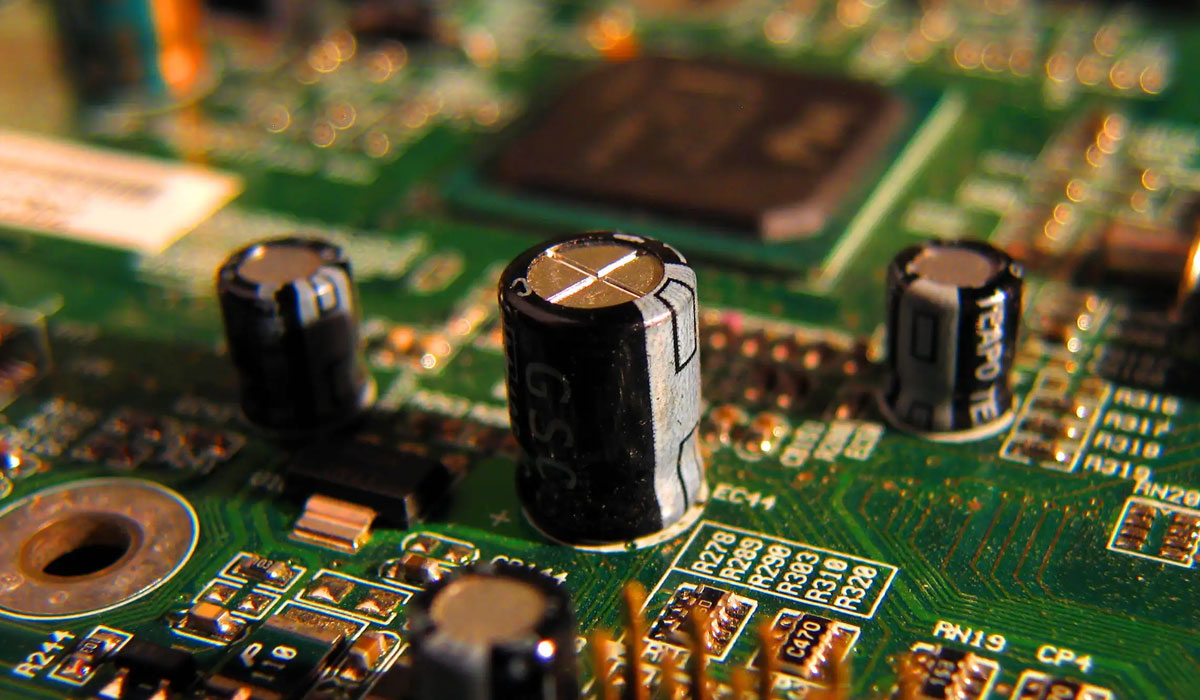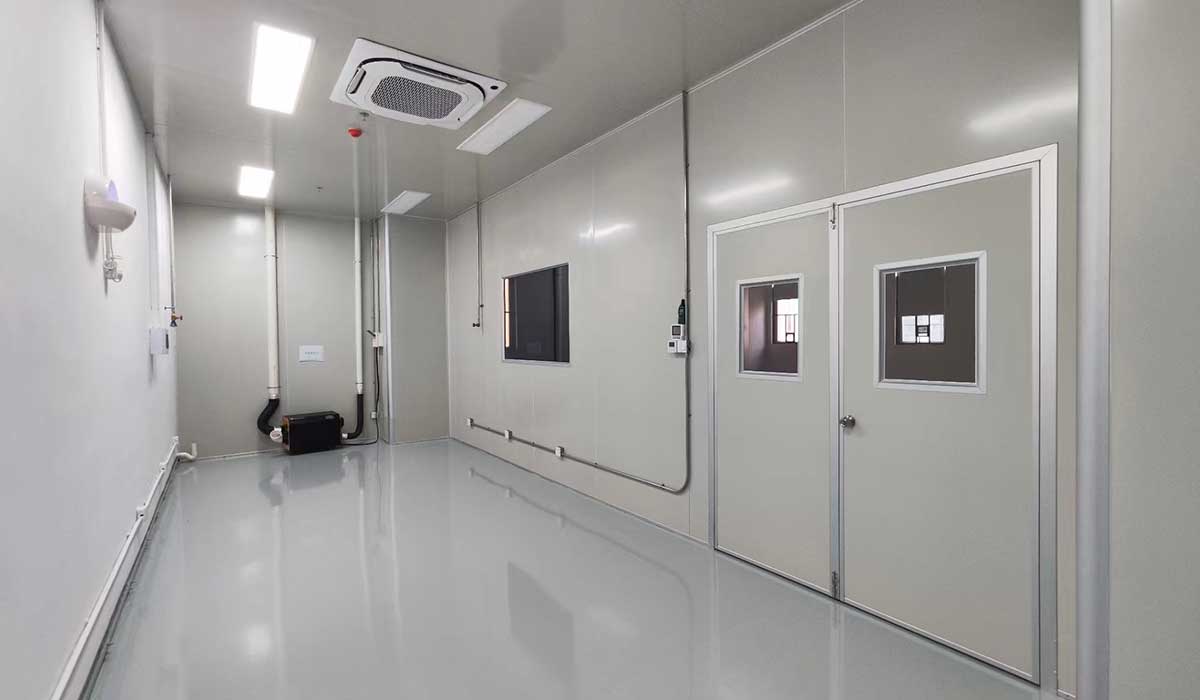When choosing a dehumidifier, you will want to know the differences between the various dehumidification methods. Each method has advantages and disadvantages.
As general dehumidification methods, there are the "compressor method", the "desiccant (zeolite) method" and the "hybrid type".
I have briefly summarized the features and advantages/disadvantages of each, so please refer to it.
Method Name Dehumidification Method Advantages Shortcomings Compressor system cools air and removes moisture High temperature dehumidification (25°C or higher) Low product power. Electricity is cheap Elevated room temperature (about 1 to 2°C) High vibration noise because of compressor. Larger body size, lighter weight Desiccant system adsorption of moisture to zeolite (drying material) Excellent moisture adsorption performance Lightweight and compact operation sound even when used in winter with large dehumidifying power at low temperatures Quiet Large amount of electricity used, high power generation, room temperature rise (approx. 3 to 8°C) Hybrid system Compressor method and desiccant method convergence There is no need to think about the summer, winter, etc. can be Stable dehumidification throughout the year is possible by operating a desiccant system with a large and heavy main body, and by using a compressor system that boosts power to feel the vibration noise.
Select the appropriate dehumidification method by assuming the season of use. Since there are different "dehumidification methods" for different seasons, please select the assumption when you want to use the dehumidifier. If you want to use the dehumidifier from winter to spring, you can use the desiccant method or the mixing method. However, since the rainy season to summer is the main point of dehumidifiers, we recommend the use of compression type dehumidifiers. Compressor systems have high dehumidifying capacity when the temperature is high and the room temperature does not rise too much. Understanding the dehumidifier's dehumidifying capacity - tank capacityThe dehumidifying capacity indicates the amount of water that can be dehumidified per day, and as the value increases, dehumidification can be performed faster. If you want to dehumidify as quickly as possible, it's best to choose a larger number, regardless of the floor area of the application.
However, even if the dehumidification capacity is high, it will automatically stop if the water tank has a small amount of water stored in it, thus not fully utilizing the dehumidification capacity. In addition, it takes time and effort to pour water more often. Before purchasing, please select the capacity of the corresponding dehumidifier tank and the possibility of continuous drainage according to your needs.
